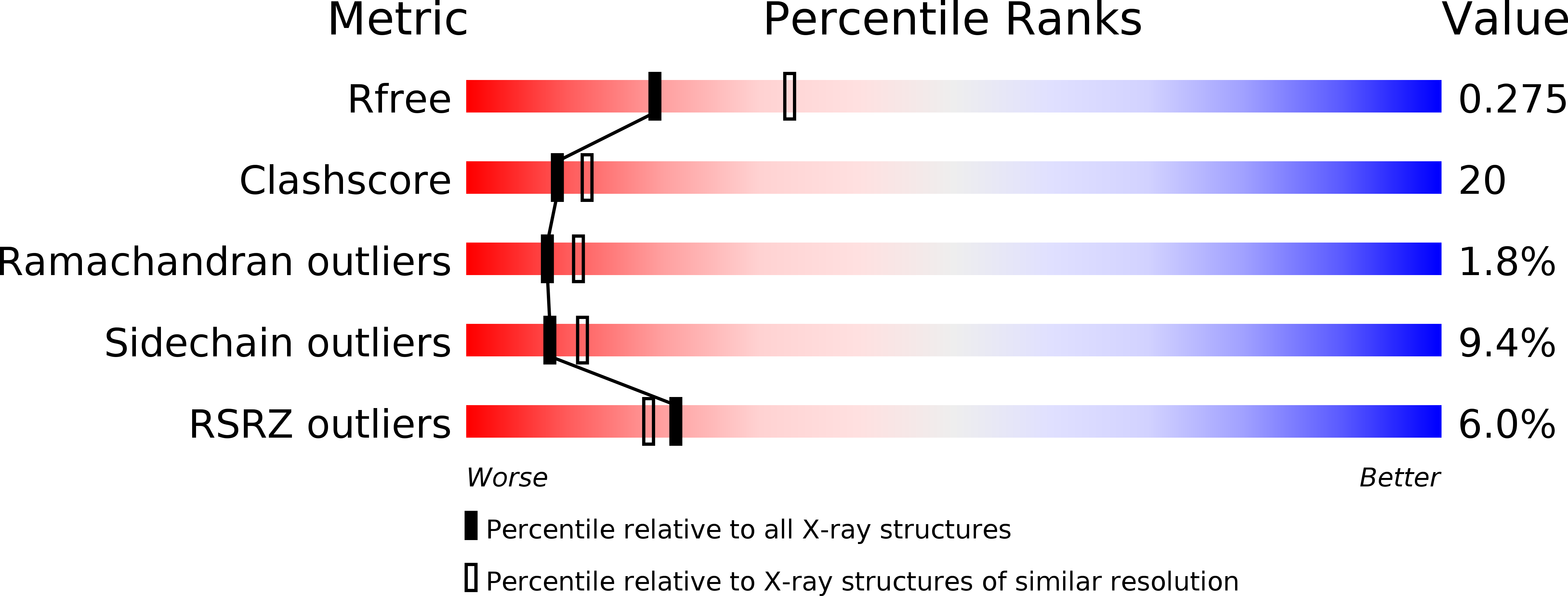
Deposition Date
2010-01-28
Release Date
2010-04-07
Last Version Date
2024-05-08
Method Details:
Experimental Method:
Resolution:
2.64 Å
R-Value Free:
0.27
R-Value Work:
0.22
R-Value Observed:
0.22
Space Group:
C 2 2 21


